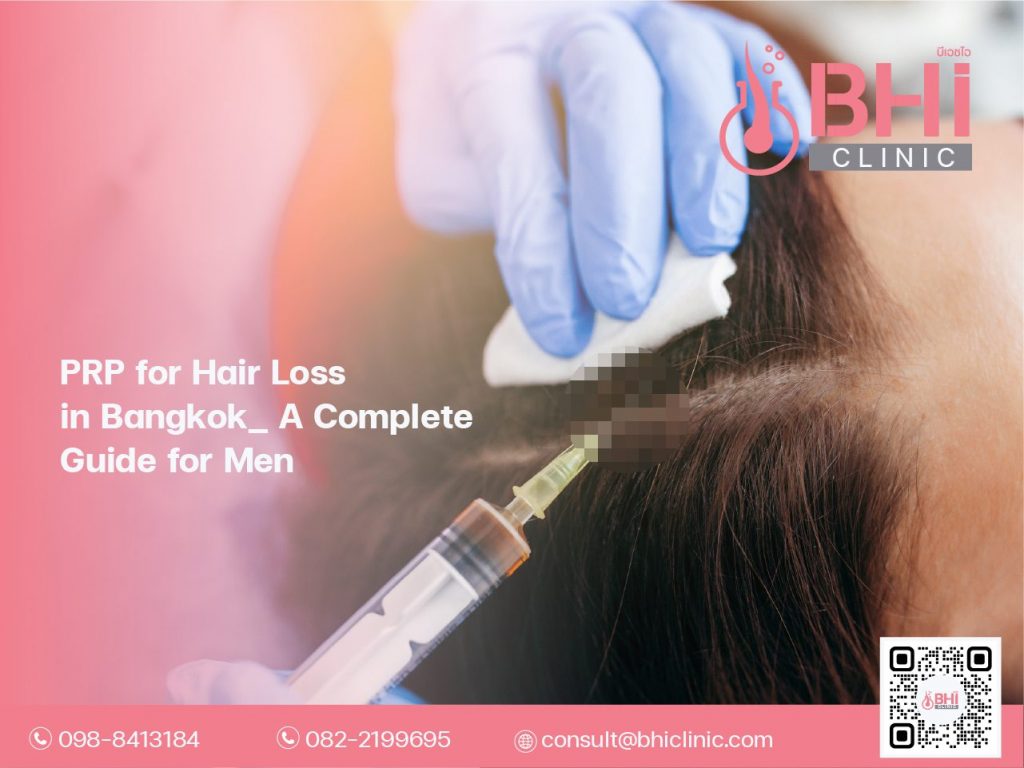What is Discoid Lupus Erythematosus (DLE)?
Discoid lupus erythematosus (DLE) is a chronic skin condition that causes red, scaly, and thickened patches, usually on sun-exposed areas like the face, ears, and scalp. These patches can heal with scarring and permanent pigment changes, and in some cases, lead to irreversible hair loss if the scalp is affected.
DLE is the most common type of cutaneous (skin-only) lupus, and unlike systemic lupus erythematosus (SLE), it typically does not affect internal organs. However, some people with DLE may later develop systemic lupus, so ongoing medical follow-up is important.
Who Gets Discoid Lupus Erythematosus (DLE)?
DLE can affect anyone, but it is more commonly seen in:
- Adults aged 20–50 years
- Women more than men
- People with darker skin tones (where pigment changes are more visible)
- Those with a family history of autoimmune diseases
Sun exposure is a key trigger. In tropical climates like Thailand, where UV radiation is high year-round, awareness and prevention are especially important.
Causes and Risk Factors
DLE is an autoimmune condition—your immune system attacks healthy skin cells, causing chronic inflammation. The exact cause is unknown, but several factors may contribute:
- Genetic predisposition
- Sun exposure (UV light)
- Hormonal changes
- Certain medications (e.g. some blood pressure or antifungal drugs)
- Smoking – shown to worsen the condition and make it harder to treat
Signs and Symptoms
The hallmark of DLE is persistent, scaly, red patches or plaques with the following features:
- Firm, coin-shaped lesions (hence “discoid”)
- Located on the face, scalp, ears, neck, or upper chest
- Surface may appear dry, rough, and slightly raised
- Follicular plugging (clogged hair follicles visible in the lesion)
- May cause permanent scarring or discoloration as it heals
- Hair loss with scarring (scarring alopecia) if the scalp is involved
Lesions may be itchy or mildly painful, but often they are asymptomatic. In long-standing cases, the center of the patch may appear pale or scarred, while the edges remain inflamed.
Diagnosis
Diagnosis is typically made by a dermatologist through:
- Clinical examination – based on appearance and location of the lesions
- Dermoscopy – magnified skin exam showing characteristic follicular changes
- Skin biopsy – to confirm the diagnosis and rule out similar conditions
- Blood tests – to check for autoimmune markers and assess for systemic involvement
Differential Diagnoses
Several conditions may resemble DLE, such as:
- Psoriasis
- Seborrheic dermatitis
- Lichen planus
- Tinea faciei (facial fungal infection)
- Cutaneous T-cell lymphoma
- Other forms of lupus (e.g. subacute cutaneous lupus)
A biopsy is often useful to differentiate between them.
Discoid Lupus Erythematosus Treatment Options in Bangkok
Treatment focuses on reducing inflammation, preventing flare-ups, and minimizing scarring. In Bangkok, dermatology clinics offer a full range of care for DLE, including:
1. Sun Protection (Essential)
- Daily broad-spectrum sunscreen (SPF 50+)
- Wide-brim hats, sun-protective clothing
- Avoiding direct sun between 10 AM–4 PM
2. Topical Medications
- Corticosteroid creams or ointments (e.g. clobetasol) to reduce inflammation
- Calcineurin inhibitors (e.g. tacrolimus) for sensitive areas like the face
3. Oral Medications
- Hydroxychloroquine – an antimalarial drug that reduces immune activity. First-line systemic treatment for DLE.
- Systemic corticosteroids – for short-term control during severe flares
- Immunosuppressants – such as methotrexate or azathioprine for resistant cases
4. Intralesional Injections
- Steroid injections directly into thick or stubborn plaques, especially on the scalp
5. Laser or Light Therapy
- Occasionally used for pigment changes or scars, though care must be taken not to aggravate the condition
Can Discoid Lupus Erythematosus (DLE) Turn into Systemic Lupus?
Only a small percentage of patients with discoid lupus (around 5–10%) develop systemic lupus later. However, regular check-ups and blood tests are advised, especially if you develop new symptoms like joint pain, fatigue, or fever.
Prevention & Long-term Care
- Avoid triggers: sun exposure, smoking, and certain medications
- Early treatment of new lesions reduces the risk of scarring
- Routine monitoring for signs of systemic lupus or side effects from medication
- Stress management and general wellness can help reduce flares
When to See a Dermatologist
If you notice persistent red, scaly patches—especially on sun-exposed areas—or experience unexplained hair loss with scalp scarring, it’s important to consult a skin specialist. Early diagnosis and treatment can prevent permanent damage.
In Bangkok, dermatologists and skin clinics are well-equipped to manage DLE with both medical and supportive care tailored to your needs and skin type.
Discoid lupus erythematosus is a chronic autoimmune skin condition that requires careful sun protection and consistent treatment. With early diagnosis and proper care, flare-ups can be controlled, scarring minimized, and quality of life significantly improved. If you are concerned about skin lesions or scarring hair loss, a visit to a dermatologist in Bangkok can help you start the right treatment plan early.





